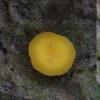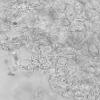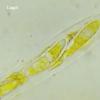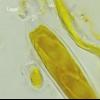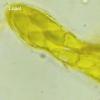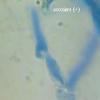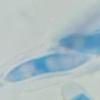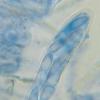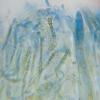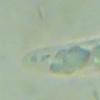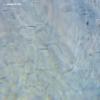
21-12-2025 09:32
Hello.A tiny ascomycete found embedded in wood in

22-12-2025 00:47
Patrice TANCHAUDBonsoir, récolte à proximité du milieu dunaire

21-12-2025 21:32
Pol DebaenstHello, Garden, Burgweg 19, Veurne, BelgiumOn 10/1

21-12-2025 21:40
Isabelle CharissouBonjour, j'aimerais connaitre les références de

21-12-2025 21:31
Pol DebaenstHello, Garden, Burgweg 19, Veurne, BelgiumOn 10/1

21-12-2025 21:31
Pol DebaenstHello, Garden, Burgweg 19, Veurne, BelgiumOn 10/1

20-12-2025 23:08
Patrice TANCHAUDBonsoir, récolte sur sol sablonneux dans l'arri�

20-12-2025 15:47
Mirek GrycHi.These grew on pine wood that was heavily covere
A friend sent me this one dried fruit. After moisturizing about 2.5 mm. According to a friend's account, it grew on the ground, but there are also mosses nearby.
Almost all the traits fit Hymenoscyphus epigaeus (= Phaeohelotium epigeum), now rather Bryoscyphus?
However, I am puzzled by quite large spores, I measured a few:
Me = 16.9 × 3.8 µm; Qe = 4.5
18.19 3.50
20.35 4.46
14.33 3.58
16.31 3.57
16.86 3.71
15.16 3.78
As you can see from the photos, the spores are already septate in ascus.
Croziers (+)
Reaction to iodine fairly gentle but regular (BB)
Sorry for the bad quality of the photos, but it is difficult to get a clear image from hydrated material.
best regards
Mirek

In my case, H. epiphyllus, due to the constant lack of moisture, usually grows on decaying stumps or thicker pieces of wood. In wet weather, also on finer wood remnants and on bedding.
best regards
Mirek

